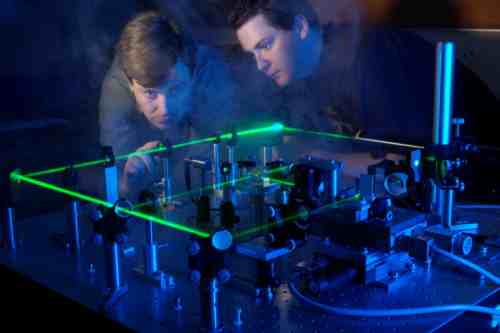International
Linear Collider |
||
|
A consensus is growing in the worldwide HEP community that the physics programme of a linear electron-positron collider would complement the ongoing proton-proton programme of the Large Hadron Collider (LHC). The worldwide community is well represented with accelerator studies in: |
||
|
As a result of an intercontinental collaboration towards the
realisation of a future linear collider, conceptual design reports
are in preparation in the USA and in Japan.
The Conceptual Design Report of a 500GeV e+e- Linear Collider with Integrated X-ray Laser Facility
contains a detailed summary of the 1997 workshop series.
The purpose of the joint ECFA/DESY workshops is to match the intensive work on the conceptual designs for the accelerator and detector within a European context and to collaborate in a truly international way with our American and Japanese colleagues. In 1997 the Royal Holloway group contributed to the ECFA/DESY workshop on the physics and detector design at a possible future linear collider. Details about the first workshop programme can be found at the ECFA/DESY website. In 1998/9 the group was actively involved in the second EFA/DESY workshop series which led up to the international workshop in Sitges in March 1999. The ECFA/DESY workshop series concluded with the presentation of a Technical Design Report in the spring of 2001. We are involved with detector simulations, physics studies primarily in the supersymmetry and searches sector and comparisons with other detectors such as ALEPH, where the group already has much experience.
Starting in 2000 the group has been extending its activity to include
the simulation and study of the beam delivery system for the FLC. The
beam delivery system is an important part of the accelerator that lies
between the main linac and the detector interaction region. This work
requires strong collaboration between particle physicists and accelerator
physicists and will be essential to the overall physics performance
of the FLC. |
||
|
|
||
 |
Laser
Based Beam Diagnostics |
 |
The mission of the Laser Based Beam Diagnostics (LBBD) Collaboration is to study the feasibility of laser based diagnostics tools for future linear electron positron collider (FLC). The objectives of the laserwire project is to develop laser based techniques for determining the dimensions of electron (positron) bunches in a FLC and optimising their application using simulations. |
||
